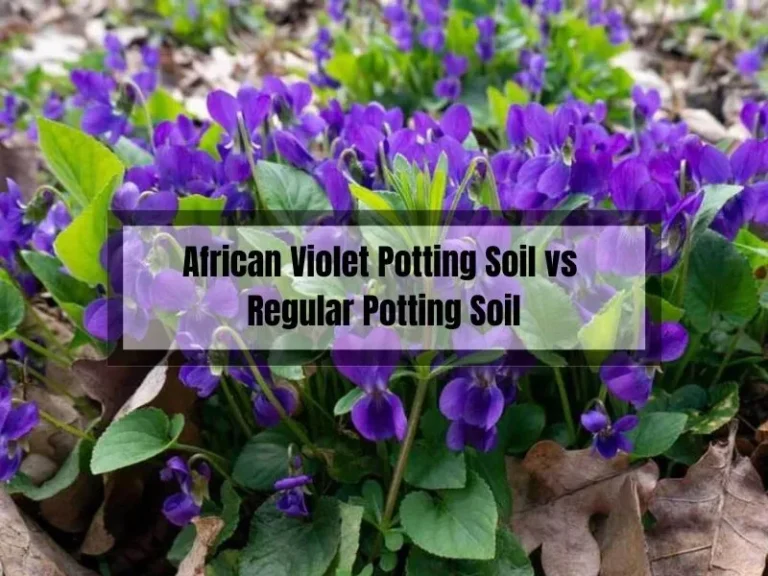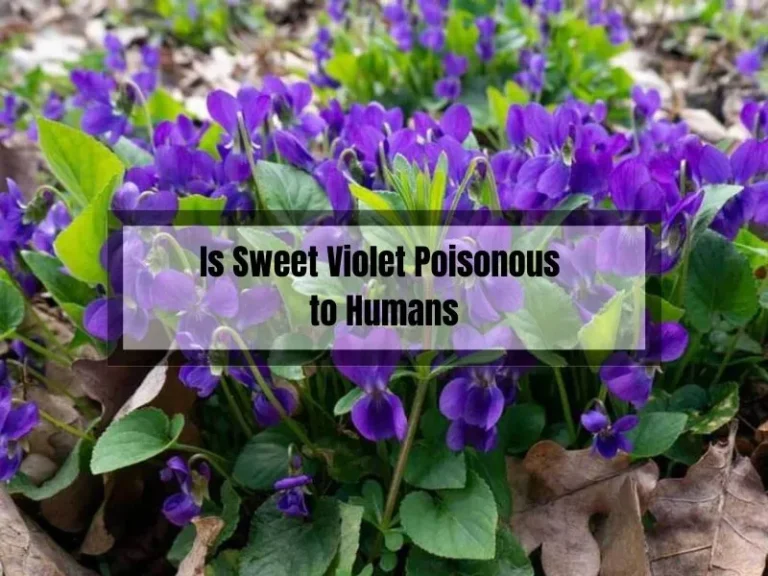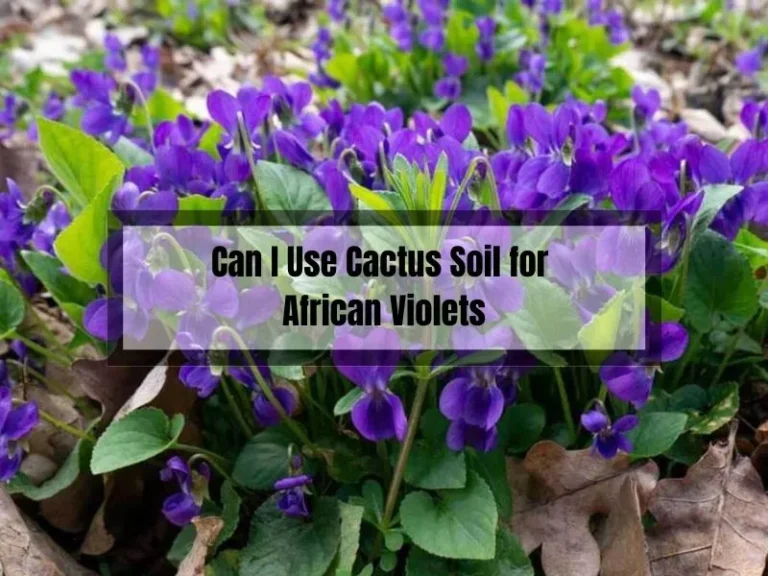Sweet Violet vs Dog Violet: A Comparative Guide to These Wildflower Wonders
Are you curious about the differences between Sweet Violet and Dog Violet? These two plants may look similar at first glance, but they have distinct characteristics that set them apart. Sweet Violet, also known as Viola odorata, is known for its sweet fragrance, while Dog Violet, also known as Viola riviniana, is unscented. In this article, we’ll explore the differences between these two plants and their various uses.
Sweet Violet and Dog Violet have different growing conditions, which affect their appearance and growth patterns. Sweet Violet prefers partial shade and moist, well-drained soil, while Dog Violet can thrive in full sun or partial shade and prefers damp soil.
These differences in growing conditions can affect the height and shape of the plants, as well as their leaf and flower structures. Understanding these growing conditions can help you identify which type of violet you’re looking at.
Key Takeaways
- Sweet Violet and Dog Violet have distinct characteristics that set them apart, including their scent and growing conditions.
- Both plants have culinary and medicinal uses, such as using the flowers in salads or making tea from the leaves.
- It’s important to correctly identify these plants to avoid confusion and ensure you’re using the right plant for your needs.
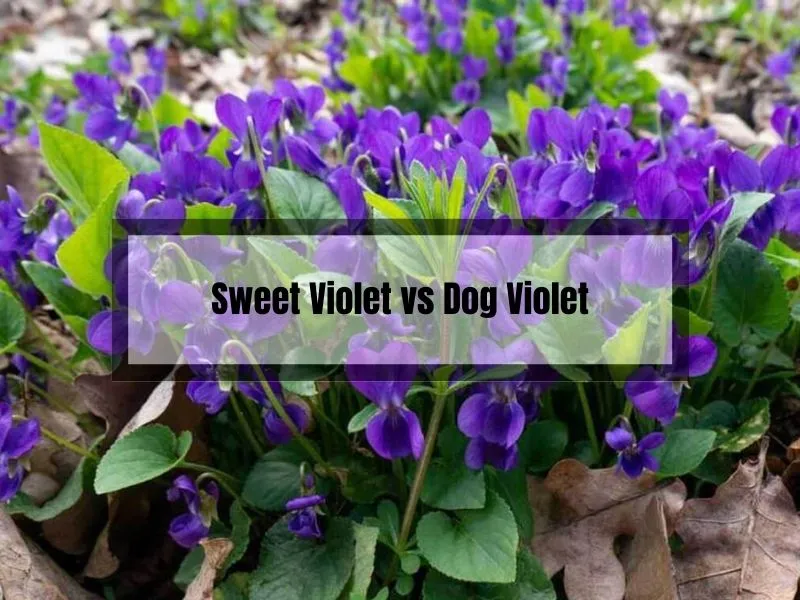
Sweet Violet vs Dog Violet
When it comes to violets, there are two primary types: Sweet Violet and Dog Violet. While they may look similar at first glance, there are several key differences between the two that are worth exploring.
Appearance
Let’s start with appearance. Sweet Violet and Dog Violet look very similar, but there are a few key differences. Sweet Violet typically has heart-shaped leaves that are slightly hairy.
The flowers are usually a deep purple color and have a sweet fragrance. In contrast, Dog Violet has more elongated leaves that are not hairy. The flowers are usually a lighter shade of purple and are unscented.
Size
Another key difference between Sweet Violet and Dog Violet is their size. While both types of violets are relatively small, Dog Violet can grow slightly taller than Sweet Violet, reaching heights of 6-8 inches.
Habitat
Sweet Violet and Dog Violet also have different habitats. Sweet Violet prefers shaded areas with moist soil, while Dog Violet can grow in a variety of habitats, including open fields, woodlands, and hedgerows.
Uses
Both Sweet Violet and Dog Violet have been used for medicinal purposes in the past. Sweet Violet has been used to treat headaches, insomnia, and respiratory problems, while Dog Violet has been used to treat skin conditions and digestive issues.
We’ve always been fascinated by violets, and Sweet Violet and Dog Violet are no exception. We’ve spent countless hours examining these beautiful flowers and learning about their differences. Whether you’re a gardener, a nature enthusiast, or just someone who appreciates the beauty of the natural world, we hope this guide has been helpful in understanding the differences between Sweet Violet and Dog Violet.
Understanding Sweet Violet
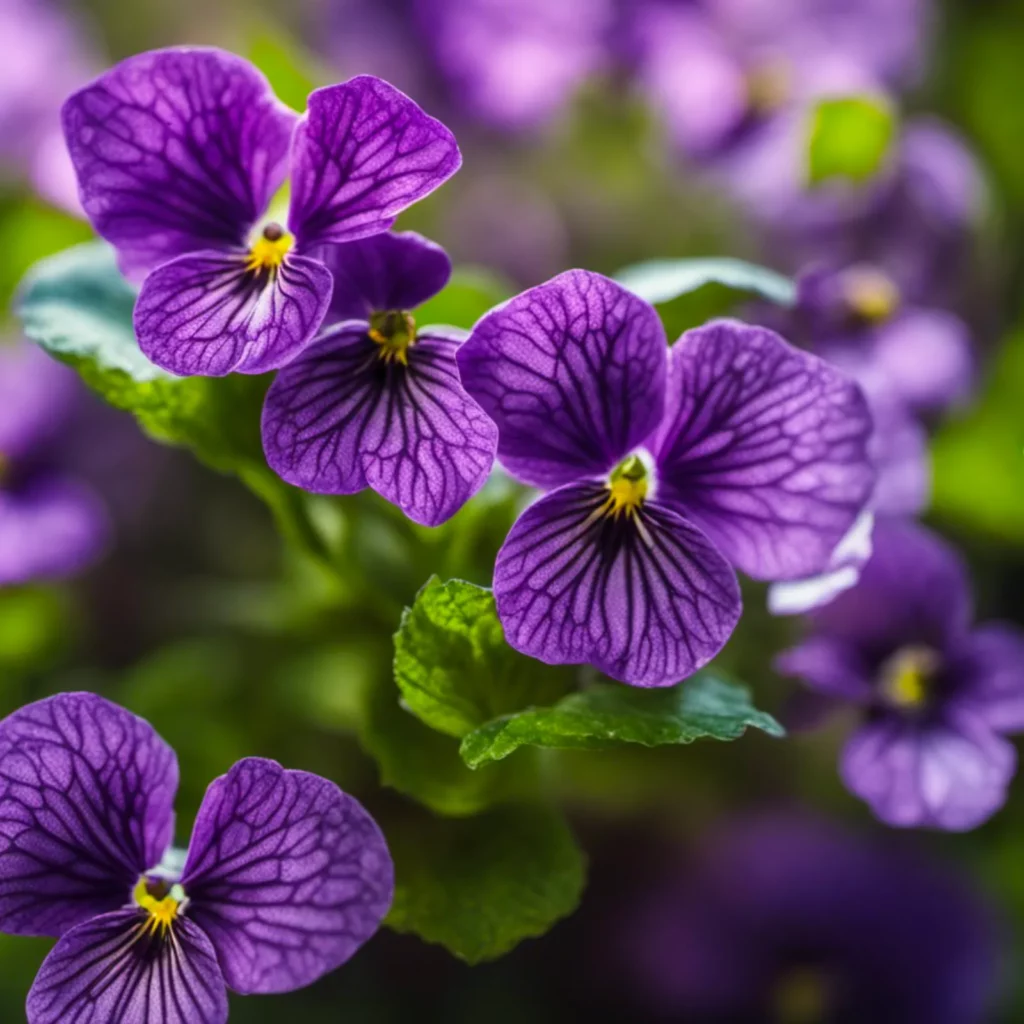
Sweet Violet is a beautiful and fragrant plant that belongs to the Violaceae family. In this section, we will explore the origins and characteristics of Sweet Violet.
Origins of Sweet Violet
Sweet Violet, also known as Viola odorata, is native to Europe and Asia. It has been cultivated for centuries for its medicinal and culinary uses.
Sweet Violet was brought to North America by European settlers and has since become naturalized in many parts of the continent.
Characteristics of Sweet Violet
Sweet Violet is a low-growing perennial plant that can grow up to 15 cm in height. It has heart-shaped leaves that are dark green in color and can grow up to 8 cm in width.
The flowers of Sweet Violet are usually purple, although they can also be white or pink. They have a sweet fragrance that is most noticeable in the early morning or late evening.
Here are some additional characteristics of Sweet Violet:
- The flowers of Sweet Violet are edible and can be used to decorate cakes and salads.
- Sweet Violet is rich in vitamin C and has been used for centuries to treat coughs, colds, and other respiratory ailments.
- Sweet Violet can be propagated by seeds or by dividing the plant in the spring or fall.
Understanding Dog Violet
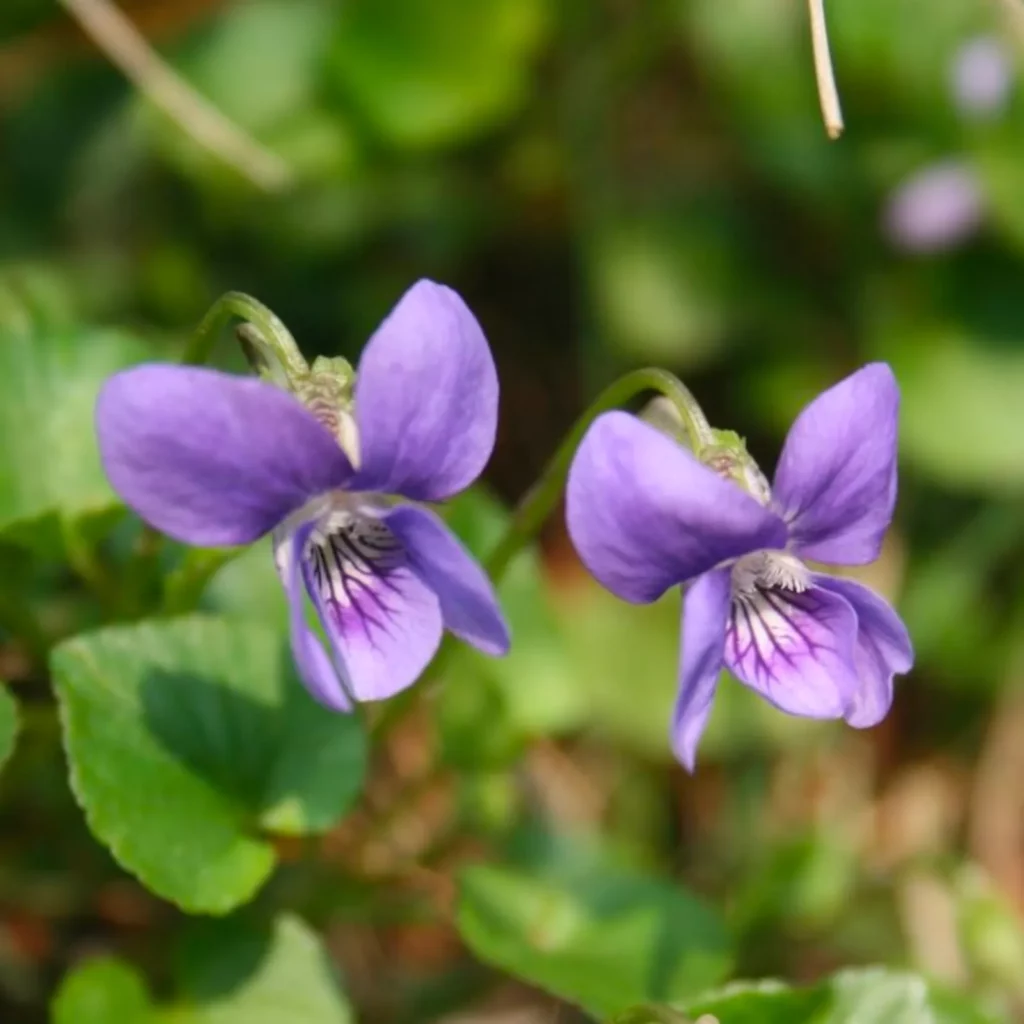
Dog Violet is a beautiful plant that is often confused with Sweet Violet due to their similar appearance. In this section, we will explore the origins and characteristics of Dog Violet to help you distinguish it from its sweet counterpart.
Origins of Dog Violet
Dog Violet, also known as Viola riviniana, is a native plant to Europe and western Asia. It grows in various habitats, including woodlands, meadows, and hedgerows. The name “dog” in Dog Violet refers to its lack of scent, which distinguishes it from the Sweet Violet.
Characteristics of Dog Violet
Dog Violet has distinct characteristics that set it apart from Sweet Violet. Here are some of the key features to look out for:
- Appearance: Dog Violet has purple petals with a white center, but the hue is often more subdued compared to the brighter purple of Sweet Violet. The flower is also smaller, measuring only around 1-2 cm in diameter. The leaves of Dog Violet are heart-shaped and slightly elongated.
- Height: Dog Violet can grow up to 10 cm in height, which is slightly taller than Sweet Violet.
- Scent: As mentioned earlier, Dog Violet is unscented, which is in contrast to the Sweet Violet’s fragrant aroma.
- Habitat: Dog Violet prefers shaded areas and can be found in woodlands, meadows, and hedgerows. It is less common in gardens and parks.
Comparing Sweet and Dog Violet
As a lover of all things floral, we cannot help but compare the beautiful Sweet Violet and the Dog Violet.
Although they may look similar, there are several differences between these two wildflowers. In this section, we will compare the appearance, habitat, and uses of Sweet and Dog Violet.
Appearance Comparison
Sweet Violet (Viola odorata) and Dog Violet (Viola riviniana) are both members of the Violaceae family. Sweet Violet is known for its sweet and pleasant fragrance, while Dog Violet is unscented. Here are some other differences between their appearance:
| Characteristic | Sweet Violet | Dog Violet |
|---|---|---|
| Sepals | Narrow and pointed | Broad and blunt |
| Spur | Short, rounded, and white | Long, pointed, and violet |
| Leaves | Heart-shaped | More ovate in shape |
| Petals | Purple-blue | Purple-violet |
Habitat Comparison
Sweet Violet and Dog Violet have different habitat preferences. Sweet Violet prefers shady and damp areas, while Dog Violet can tolerate direct sunlight and can be found in a variety of habitats, including grasslands, hedgerows, and woodlands. Here are some other differences between their habitats:
| Characteristic | Sweet Violet | Dog Violet |
|---|---|---|
| Soil | Moist and rich in humus | Well-drained |
| Altitude | Low to medium | Low to high |
| Range | Europe and Asia | Europe, Asia, and North America |
Uses Comparison
Both Sweet Violet and Dog Violet have been used for medicinal purposes. Sweet Violet has been used to treat respiratory problems, headaches, and skin conditions.
Dog Violet has been used to treat coughs, colds, and bronchitis. Here are some other differences between their uses:
| Characteristic | Sweet Violet | Dog Violet |
|---|---|---|
| Culinary Uses | Candied flowers, syrups, and jellies | None |
| Folklore | Symbol of love and fertility | None |
| Toxicity | Non-toxic | Mildly toxic |
Growing Conditions for Sweet and Dog Violet
If you’re looking to grow Sweet or Dog Violets, you’ll need to provide the right growing conditions. Here are some tips to help you get started:
Soil
Sweet and Dog Violets prefer well-draining soil that is rich in organic matter. The soil should be slightly acidic, with a pH between 5.5 and 6.5.
If your soil is too alkaline, you can add sulfur to lower the pH. If it’s too acidic, you can add lime to raise the pH.
Light
Both Sweet and Dog Violets prefer partial shade, but they can tolerate full sun as long as the soil is kept moist. If you live in a hot climate, it’s best to plant them in a spot that gets morning sun and afternoon shade.
Water
Sweet and Dog Violets need regular watering, especially during dry spells. Be careful not to overwater them, as this can lead to root rot. A good rule of thumb is to water when the top inch of soil feels dry to the touch.
Temperature
Sweet and Dog Violets are hardy plants that can tolerate a wide range of temperatures. They can survive temperatures as low as -20°F (-29°C) and as high as 90°F (32°C). However, they prefer cooler temperatures and may not bloom in hot weather.
Fertilizer
Sweet and Dog Violets don’t require much fertilizer, but you can give them a boost with a balanced fertilizer once or twice a year. Be careful not to over-fertilize, as this can lead to leafy growth at the expense of flowers.
With the right growing conditions, Sweet and Dog Violets can thrive in your garden. Just remember to provide well-draining soil, partial shade, regular watering, and occasional fertilizer.
Bonus Tips for Enjoying Sweet Violets and Dog Violets
Photographing and Documenting your Discoveries
Whether you’re growing sweet violets and dog violets in your garden or encountering them in the wild, capturing their beauty through photography can be an enjoyable and rewarding hobby.
Consider documenting your finds in a journal or on social media, where you can share your experiences and knowledge with fellow flower enthusiasts.
Joining Local Plant and Gardening Groups
Connecting with like-minded individuals who share your passion for wildflowers and gardening can be a great way to learn more about sweet violets, dog violets, and other fascinating plants.
Look for local gardening clubs, plant societies, or online forums where you can exchange tips, share experiences, and even participate in group outings to explore wildflower habitats together.
Incorporating Sweet Violet and Dog Violet in Crafts and DIY Projects
The beauty of sweet violets and dog violets can be harnessed in various crafts and DIY projects. Pressing their flowers can preserve their delicate charm, which can then be used to create greeting cards, bookmarks, or framed art.
If you’re feeling adventurous, try making your own sweet violet-infused oil or scented candles to bring their enchanting fragrance into your home.
Contributing to Citizen Science Projects
By participating in citizen science projects, you can contribute to our collective knowledge of sweet violets, dog violets, and other wildflowers.
These projects often involve documenting and sharing observations of plants in your local area, which can help researchers track species distribution, monitor populations, and better understand the factors that influence their growth and survival.
Promoting the Conservation of Wildflowers and their Habitats
Finally, as lovers of sweet violets, dog violets, and wildflowers in general, we have a responsibility to protect and preserve these enchanting plants and their habitats. This can involve supporting conservation organizations, volunteering for habitat restoration projects, or simply being mindful of our own gardening practices to ensure that we’re not contributing to the decline of wildflower populations.
By appreciating the unique characteristics of sweet violets and dog violets, we can foster a deeper connection with the natural world and inspire others to join us in our efforts to protect and cherish these delightful wildflowers.
Frequently Asked Questions (FAQs)
Can I grow sweet violets and dog violets together?
Yes, you can grow these two species together. Just ensure that their individual growing requirements are met. Providing partial shade and well-drained soil will help both plants thrive side by side.
Are sweet violets and dog violets edible?
Sweet violets are edible and have various culinary uses, as mentioned earlier. Dog violet leaves can be eaten as a salad green, but they’re not commonly used in this way.
How can I attract pollinators to my garden using these flowers?
Sweet violets and dog violets both attract pollinators, such as bees and butterflies, due to their vibrant colors and accessible nectar. To enhance the pollinator-friendly nature of your garden, plant a variety of flowering plants that bloom at different times, providing a continuous food source for these beneficial insects. Additionally, you can provide shelter and water sources for pollinators to further encourage their presence in your garden.
What are the best companion plants for sweet violet and dog violet?
Sweet violets and dog violets can be planted alongside other shade-loving or woodland plants, such as ferns, hostas, and bleeding hearts. They also pair well with spring bulbs like daffodils and tulips, as well as other wildflowers that share similar growing conditions, such as primroses and wild geraniums.
Conclusion
In this post, we’ve explored the charming world of sweet violets and dog violets, delving into their unique characteristics, uses, and growing requirements. The key differences between the two species include their scent (sweet violets are fragrant, while dog violets are unscented), color variations, and habitat preferences.
Related Posts:

